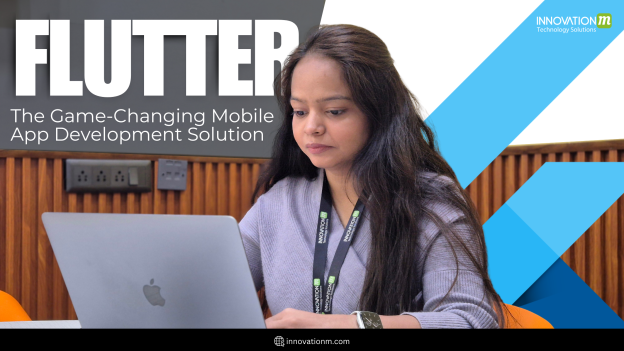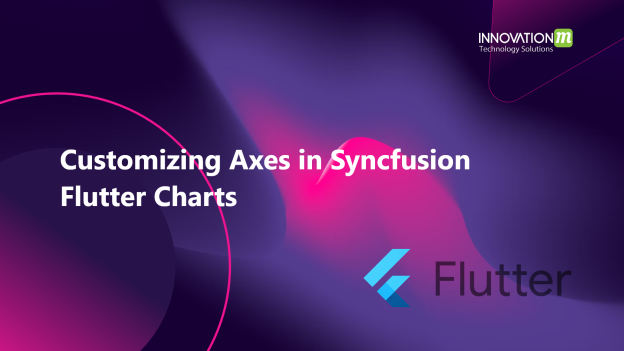
Exploring GetX: Simplifying Flutter Development
Yo, what’s good, Flutter crew? If you’re messing around with Flutter, you’ve probably hit that wall where your app starts turning into a total mess. State management’s a pain, navigation’s clunky, and dependencies? Don’t even get me started. But hold up—GetX is like that friend who shows up with tacos right when you need ‘em. Continue Reading »
 End to End Technology Solutions
End to End Technology Solutions














